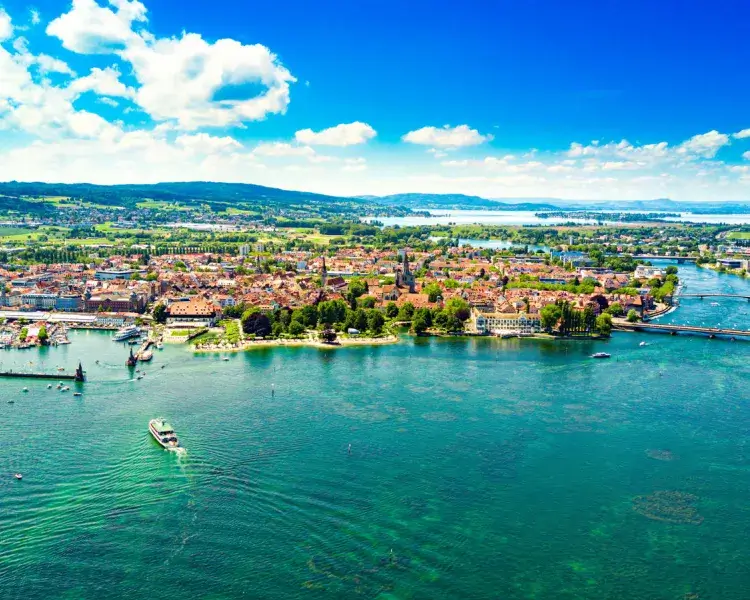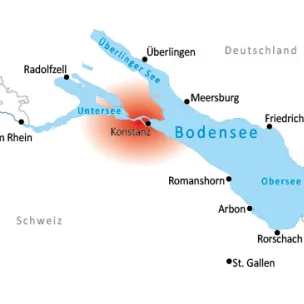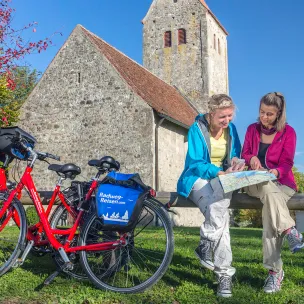Constance
A stroll through the historic city center. A coffee at the market place. A stroll along the lakeside road. A day of swimming at the Hörnle. Enjoying the view from the Münsterturm. Get a breath of medieval air in the Niederburg. Set sail on an excursion boat. Enjoying sun-drenched wines in a wine tavern. Constance has all this and much more to offer. With 88,000 inhabitants, the largest city on Lake Constance delights young and old with its high recreational value.
Constance looks back on an eventful history. The Romans once built a border fort here. For centuries, Constance was of supra-regional importance as a bishop's seat and as an intersection of important trade routes. For 260 years, the city belonged to Austria, then passed to Baden. It survived the Second World War almost unscathed, preserving its medieval townscape. With the founding of the two universities in the 20th century, Constance finally distinguished itself as a center of science.
For tourists, Constance is an ideal starting point for exploring Lake Constance and its hinterland. By train, it's a quick trip to Thurgau, St. Gallen and the Appenzell region, as well as to Hegau, which is characterized by volcanic cones and castle ruins. It takes just under an hour to travel by catamaran to Friedrichshafen. You can also easily reach many other places on Lake Constance and along the Rhine by scheduled boat. And of course, Constance is the perfect starting point for a bike tour.
Sights
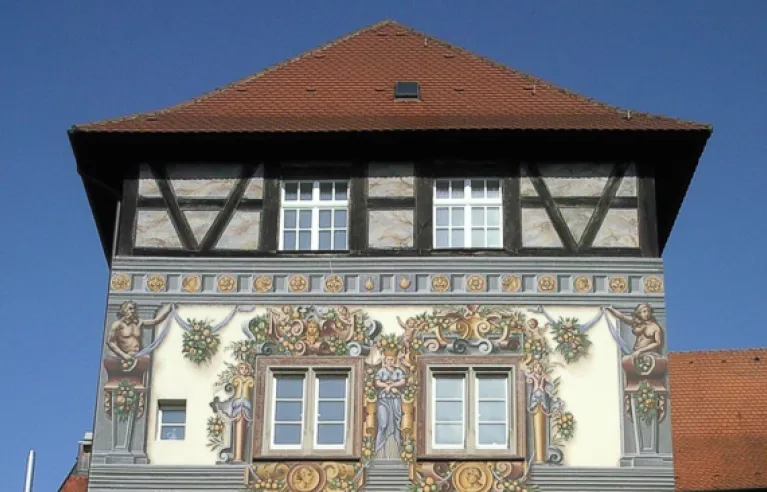
On to the Middle Ages! The pretty, winding alleys of Niederburg, lined with half-timbered houses, have a lot to tell. Look for the illustrious house names! These indicate the surroundings at that time or the former inhabitants. So what's the story behind the house "Zum Regenbogen"? Located north of the cathedral, the Niederburg was once home to craftsmen and fishermen. Today you will find mainly wine taverns and small shops here.
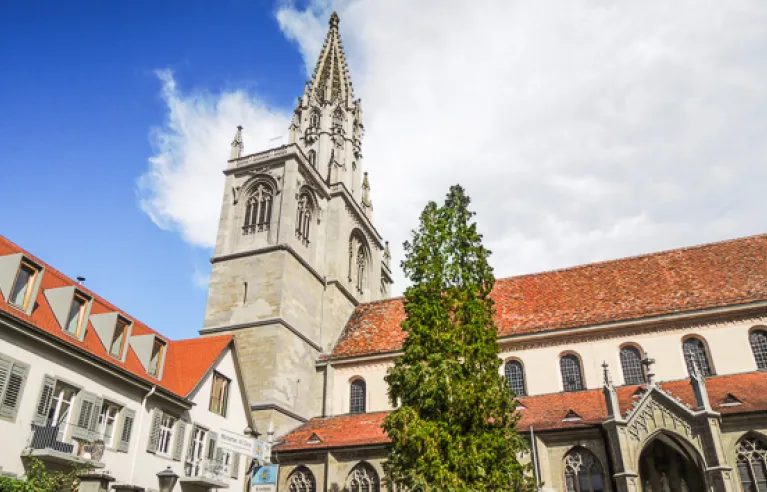
The cathedral is of outstanding historical and art-historical importance. It was consecrated in the 11th century and changed its appearance both inside and out in later centuries. The cloister and the crypt are particularly worth seeing. Between April and October, you can climb up to the top of the Minster Tower. After 193 steps you have made it, and the city lies at your feet – view of the lake included.
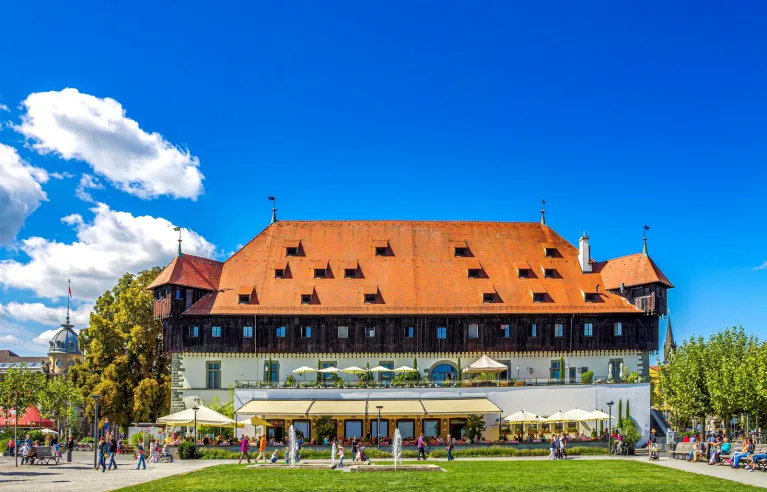
The massive stone building with a hipped roof served as the venue for the only papal election on German soil between 1414 and 1418. After that it was used – as before – as a trading house. Since the beginning of the 20th century, concerts and events have been held in the Konzil building. On the first floor there is a restaurant with an outdoor terrace, overlooking the Imperia and the lake.
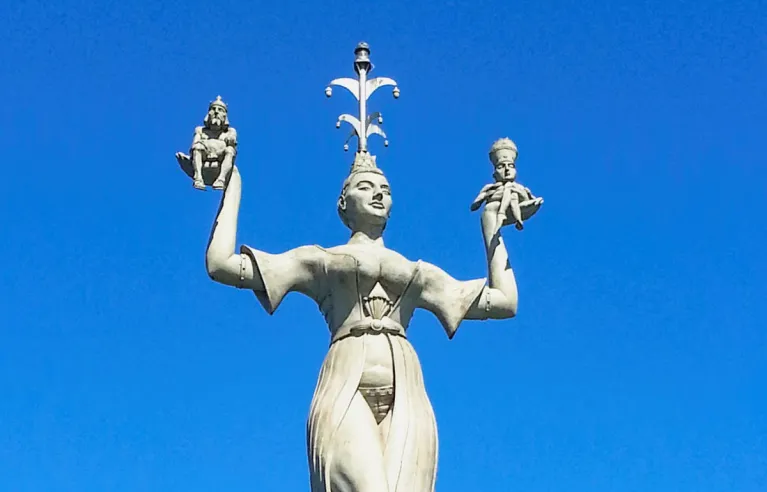
The nine-meter-high statue by Lake Constance artist Peter Lenk embodies a courtesan holding two dwarfed – the pope on the left, the emperor on the right – in her hands. The Imperia symbolizes the conditions during the Council of Constance, which was supposedly characterized by the rule of mistresses. When the statue was unveiled in 1993, there were fierce protests from the church and conservative city councilors, but they did not prevail. Today, the Imperia is perhaps the most popular photo motif in the city!
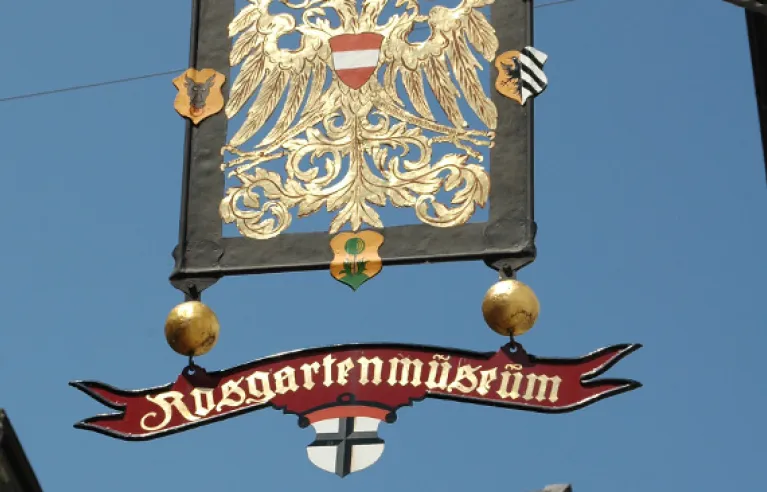
The medieval butchers' guild house has housed the museum since 1871. Changing exhibitions complement the existing collections on the art and cultural history of the Lake Constance region and the city of Constance. The museum café and the idyllic inner courtyard are ideal for a little time out.
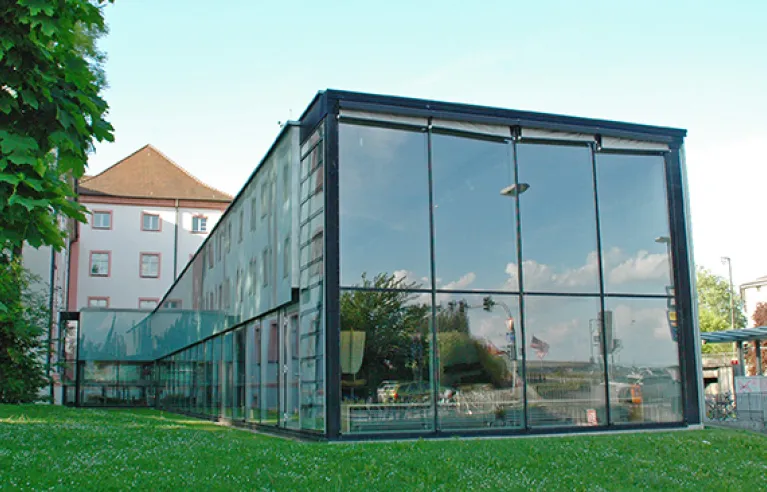
Old stones are boring? Not at the ALM! The Archäologisches Landesmuseum has made it its business to be particularly vivid – from permanent exhibitions on pile dwellings, life in the Middle Ages to shipping in south-west Germany. Visitors also gain insights into the working methods of archaeologists. Great for children: in the attic there are changing Playmobil exhibitions that show different eras of history using toy figures.
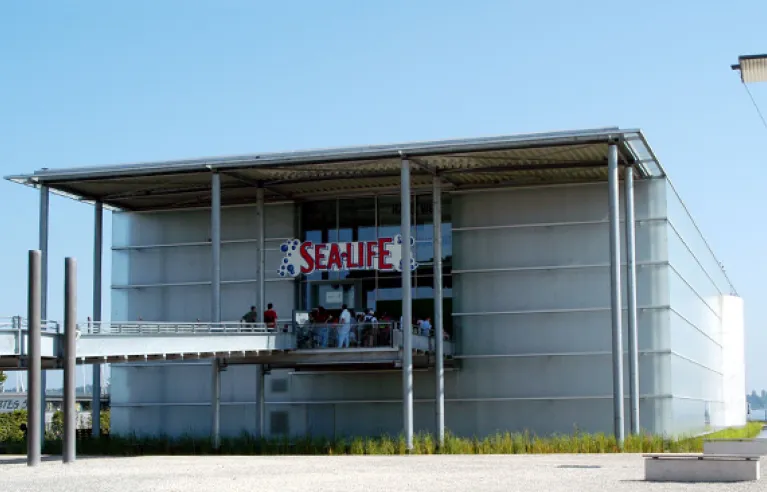
Here, a fascinating underwater world is presented in more than 30 freshwater and saltwater pools with a total of 660,000 liters of water. On a tour, you follow the Rhine from its origin in the Alps to its mouth in the North Sea.
